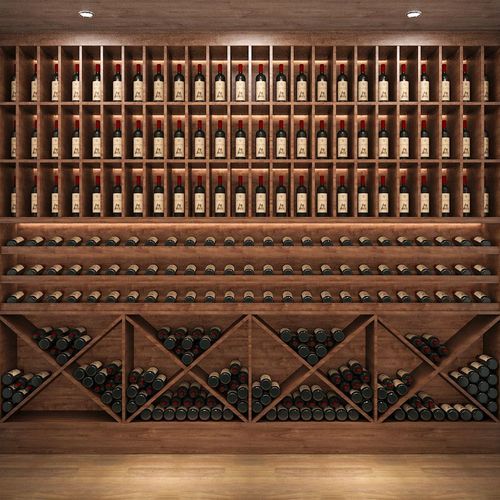Wine Storage
- Commercial wine storage can be tricky to get right in a larger establishment. While many people make do with a warehouse wine rack, retail and hospitality wine storage require specialized conditions, with the temperature and humidity in check. ArchiPro brings the most functional range of wine storage equipment for professionals and enthusiasts, including wooden wine racks and refrigerated variants.Why ArchiPro?
No more endless searching -
Everything you need, all in one place.Real projects, real experts -
Work with vetted architects, designers, and suppliers.Designed for New Zealand -
Projects, products, and professionals that meet local standards.From inspiration to reality -
Find your style and connect with the experts behind it.Start your Project
Start you project with a free account to unlock features designed to help you simplify your building project.
Learn MoreBecome a Pro
Showcase your business on ArchiPro and join industry leading brands showcasing their products and expertise.
Learn More


